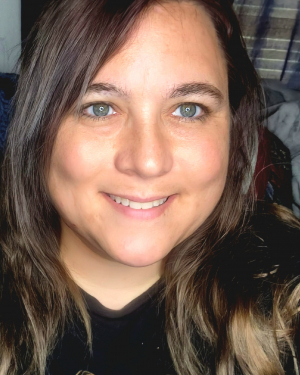There is a great deal of confusion about the concept of adoption. Foster care adoption is potentially one of the most confusing for many people. I thought, before entering the world of foster care and adoption, that foster care adoption meant foster parents only took placements of children they would eventually adopt. I was wrong about that and so much else.
Let me walk you through what foster care adoption is, what it isn’t, and why it can be so confusing.
While it looks nothing at all like the foster care of today, foster care has been around for thousands of years. It was common practice to take in homeless orphans and give them a roof over their heads and food in their bellies. As was the case then and now, sometimes the reason an adult took in a child was for nefarious purposes, but there were families who genuinely cared about the wellbeing of their charges.
Foster care would not be formalized until the 1800s and would not have regulation over it until the 1900s. In the early 1900s, a governing board was created to identify and codify things that needed to happen. Despite best efforts, to this day there are people who use those rules and regulations to do harm.
Foster care adoption can feel, and sometimes is, an opposition to the concept of foster care as we know it today. The primary goal of foster care is to provide a child or children a safe place to exist while their parents are receiving the training and coaching they need to provide a better life. Reunification is the goal. “Best environment” for the child is more subjective than you might think it is. Simply having more money or access to better schools may seem like the best thing for a child. However, those things pale in comparison to the child’s birth parents learning to be safe people making good choices even if their income level and access to “the best” is nonexistent.
The goal of all foster care situations is reunification with birth family. That may mean reunification with mom and dad, but it could also mean a grandmother or aunt, uncle or second cousin—someone that shares the child in question’s family history. Therefore as a foster to adoption parent you are the very last person on the list to be chosen as a permanent home for your foster child. I did not realize that when I began our foster to adoption journey. The reason for that is in part because of foster care and adoption’s difficult beginnings. Laws needed to be written to prevent people who were otherwise ok parents from losing their children simply because someone else could provide more material things for them.
The first known example of foster care in the untied states was something coloquially known as The Orphan Train. Children living in the streets of New York, many of them children of immigrants, were put on a train and distributed to other families to be part of the family or, in many cases, indentured servants with no means of escape. The “ideal” parents were white farming families in “Christian” homes. While on paper that sounds like a decent solution to a difficult problem, there are actually a number of horrific things that happened as a result.
Older boys were almost always sent to farms to be hired hands. Because it was a time where child labor laws were not in effect and some believed those children “should feel lucky to have a roof over their head” the children were overworked and unpaid for their labor.
Other situations involved the children of immigrants who were perhaps not living on the street but were trying to sell things to help their families. Their language skills and the language skills of their parents often lead to confusing situations where a child was abducted beasue the parents didn’t realize they were agreeing to someone taking their child permanently.
Charles Loring Brace
The intention of the man who conceived the idea of the orphan train was certainly not to cause more damage to these already hurting children. However, lack of supervision, lack of understanding, and lack of advocates for the children made the children vulnerable to abuse.
In the early 1900s, there were child abductors removing babies and young children from their impoverished families and placing them with wealthy families for monetary gain. To this day, there are people who believe that Child Protective Services is only interested in kidnapping children and giving them to other families. That is simply not the case. This is not modern-day foster care or adoption. Today, there needs to be a great deal of evidence that a child will be better off in an alternative home to the ones their parents live in before he or she is permanently removed: the child’s safety is the number one priority.
When regulated and managed foster care became a thing, there was a law put in place that wouldn’t allow foster parents to adopt at all. If that child became available for adoption via CPS’s standards, then hopeful adoptive families would be able to adopt them. Foster families were truly just glorified babysitters at the time. It was seen as a conflict of interest if a foster parent wanted to adopt the child in their care. To an extent, I can see the point. However, passing a child between different families can cause lasting trauma that can affect the child for the rest of their lives.
Foster to adoption has come very far from what it began as. Foster parents are being made more aware of the importance of birth families. They are being taught to embrace the biological family in whatever way they can. Everyone plays a part in reunification.

